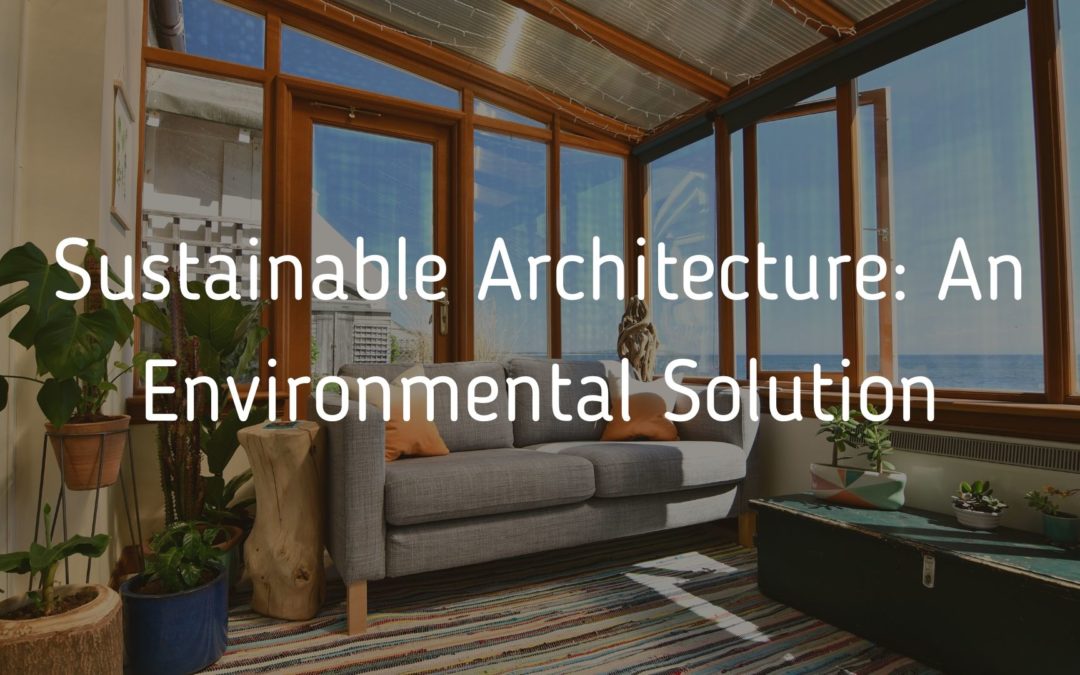In one sense, the Greeks and Romans built sustainable architecture since it has lasted throughout the ages. Today’s denotation of sustainable architecture differs. While it does give attention to a pleasing structure, the focus of the design of commercial or residential real estate is on the minimalization of any environmental damage. That is, sustainable architecture balances out the adverse effects that building construction may have upon the environment by utilizing developmental space, efficient energy and environmentally-friendly materials.
Today, 40% of the energy consumption in the United States is attributable to commercial and residential buildings. Because a growing number of new homeowners and businesses are concerned about the future of the environment, attention to energy consumption and the usage of materials that are not environmentally harmful has become a priority. The National Association of Realtors’ (NAR) 2019 survey reported that 59% of consumers demonstrated an interest in sustainable architecture or green home features. Those concerned with conserving energy and using environmentally-friendly materials may contact LEED (Leadership in Energy and Environmental Design), a green building certification system internationally recognized for its use of strategies focused upon conservation and efficiency of water, gas and electricity. For such care in the usage of energy, specific features can be installed that work effectively with the site and the climate conditions. Installation of such technology can reduce CO2 emissions and improve conditions indoors, such as water efficiency, energy-saving measures and conservation of other resources.
There are ratings given in five categories for evaluating green building and design:
- Energy and Atmosphere
- Indoor Environmental Quality
- Water Efficiency
- Resources
- Materials
Points are awarded to the extent that a building’s performance is improved. There is also a point system for rating green building designs and constructions. Higher numbers of points will award buildings higher levels of certification, ranging from Certified, Silver, Gold, to Platinum. In 2003, a survey by the National Association of Realtors (NAR) concluded that such ratings are significant for real estate sales since 59% of consumers demonstrate an interest in green building features and sustainable architecture.
It is now relevant for investors or builders to be aware of the pros and cons of using sustainable architecture for their next build. During the construction, there is more expense than there is for other construction; however, reduced energy consumption and technology improving the building’s efficiency as a result of the green construction will save owners money. Other benefits for sustainable architecture are the following:
- Reduction of ongoing ownership expenses
- Qualification for government incentive rebates and programs
- Improved marketability of the building
- Improved working/living conditions for in habitants
- Reduction of waste stream from the building
- Improvement of the living/working conditions for those in the building
- Lessened environmental impact
